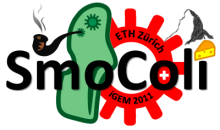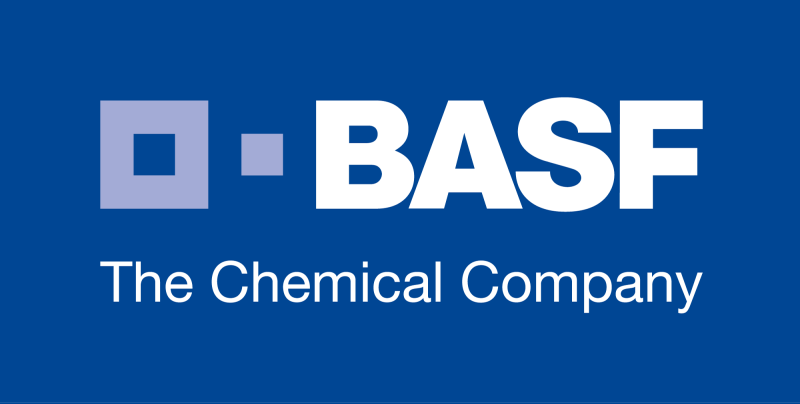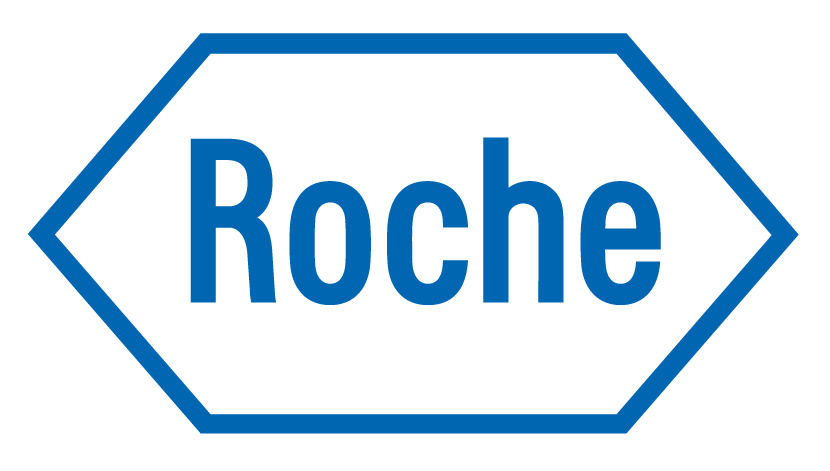Team:ETH Zurich/Overview/Project
From 2011.igem.org
SmoColi - Project Idea
Our project focuses on the detection of cigarette smoke in the air. Our SmoColi cells detect two different toxic substances contained in cigarette smoke, acetaldehyde and xylene, and display their concentrations visually by display of a spatially varying, fluorescent light output signal. Depending on the interpretation, SmoColi can thus either serve as a health assistant device, warning of dangerous smoke concentrations in the air, or as a “partymeter”, monitoring the progress of a certain party (under the creative assumption that the progress of the party is measured by the amount of smoke in the air).
Project description

We engineered two gas induced systems in E.coli, such that our cells can either detect acetaldehyde or xylene, both being toxic substances found in cigarette smoke.
Upon binding of acetaldehyde to AlcR, AlcR acts as an inhibitor of gene transcription. Similarly, upon binding to xylene, XylR is acting as a trainscriptional activator. Thus, acetaldehyde or xylene act as the input for our synthetic signal transduction and processing device. With a number of inhibitors and activators, our circuit gives rise to a GFP output upon sensing acetaldehyde or xylene in a certain, upper- and lower-bounded range of concentration (band-pass filter).
The SmoColis, our genetically engineered cells, are cultivated in a microfluidic channel. Acetaldehyde or xylene enter the channel at one end by diffusion from a sample medium. Inside the channel, both substances are degraded either naturally (acetaldehyde) or synthetically (xylene) by the SmoColi cells, such that a concentration gradient is established. Thus, the cells are exposed to a spatially varying concentration of acetaldehyde or xylene.
Since our cells only produce fluorescence proteins when exposed to a certain concentration range of acetaldehyde or xylene, only a few cells at the right distance from the channel entrance produce a fluorescence signal for a given concentration of acetaldehyde or xylene in the sample medium. For increasing or decreasing concentrations of the toxic molecules in the sample, the GFP stripe "moves" through the channel. The distance of the stripe from the sample medium is directly correlated to the acetaldehyde or xylene concentration, and thus can be used as a quick and cheap quantification device for the two substances.
Furthermore, both systems act as low-pass filters which produce AHL molecules once the acetaldehyde (xylene) concentration is below a certain threshold (the lower threshold for the previously described band-pass filter). Thus, cells that are on the right side of the GFP stripe will produce AHL (assuming the sample medium is at the left). As the stripe moves through the channel, AHL is always produced to its right and quickly diffuses along in the channel, such that all cells are exposed to a sufficiently high AHL concentration. However, as soon as the stripe moves to the end of the channel, no more cells produce AHL. The absence of AHL then triggers RFP production by the entire culture, serving as an alarm signal for very high acetaldehyde (xylene) concentrations.
Thus, in a nutshell, with increasing acetaldehyde (xylene) concentration in our channel one can see a moving green stripe indicating the actual acetaldehyde (xylene) concentration. Once it reaches the end of the channel, the entire culture turns red.
SmoColi is smoke sensor nevertheless you could imagine to put any sensor of choice into the System an quantify the corresponding small molecule. As a proof of concept we designed a arabinose induced system.
 "
"




